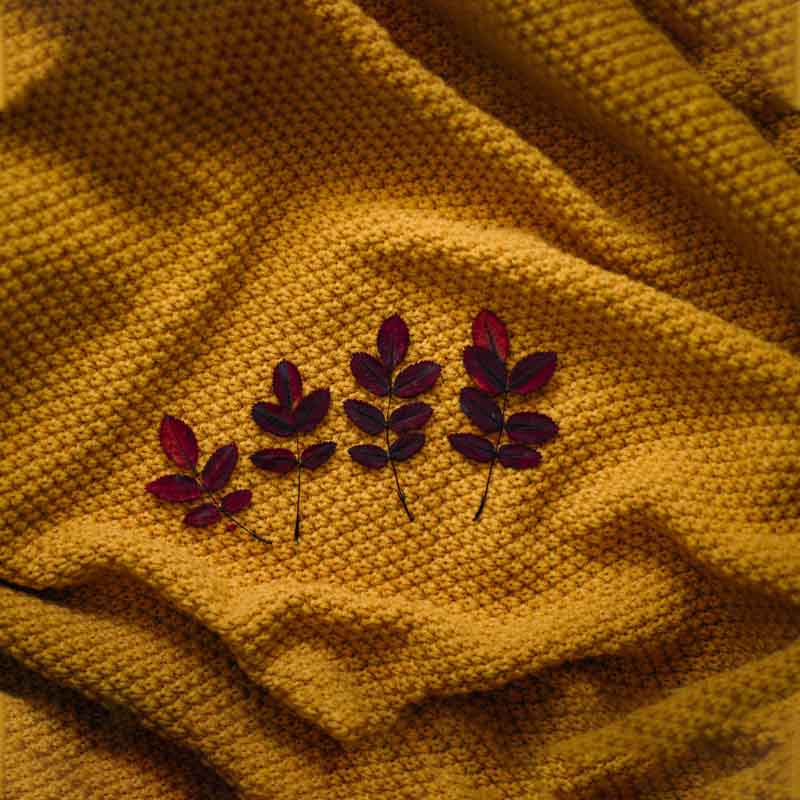Can Your Sartorial Choices Ensure a Greener Planet?
March 21, 2020 | The Liva LifestyleDo you really know the true cost of fashion? The clothes in your wardrobe may have cost you a few thousand rupees, but there’s a bigger price that the environment is paying.
We may not be consciously aware about it, but everything we wear has a collective impact on the environment, and it’s probably larger than we can imagine. Our clothes have an embodied footprint from the energy and resources that were used in their creation —starting from raw materials to the production and distribution of the garments to their disposal.
At LIVA, we are always mindful about the detrimental impact of clothing on the environment, which is why we proudly endorse the intrinsically sustainable elements of our cellulosic fibres. The fashion industry today, is responsible for 10% of the annual global carbon emissions and consumption of almost 5 million people’s worth of water resources. And at this pace, the impact on the environment is only going to keep growing.
Ahead, learn more about how LIVA is doing its bit for the environment, from the world’s forests to water resources and know how you can do your bit by being aware and making responsible choices.
Caring for the World’s Forests
 image via Thom Holmes on Unsplash
image via Thom Holmes on Unsplash
Forests cover one-third of earth’s land mass serving as a rich storehouse for biodiversity, source of a plethora of renewable resources and a great sink for carbon dioxide. Today these resources serve as a lifeline for many. Everything we own and do has a carbon footprint attached to it. By simply being aware of your own carbon footprint you can help make a positive impact. An important factor that can aid in maintaining a lower carbon footprint is being conscious about your sartorial choices. Say yes to slow fashion and fabrics that don’t harm the environment.
LIVA is made from viscose staple fibres—AKA nature-based cellulose fibers that are biodegradable. Viscose is derived from wood pulp, sourced from sustainably managed forests which meet globally recognised standards—and both these aspects have a two-fold benefit to the planet. First, wood is a fully renewable natural source which makes ethically derived viscose a better alternative to synthetic, non-renewable non-biodegradable fibres that have a lasting impact on nature. Second, sustainably managed forests not only regenerate the raw material but also ensures ongoing absorption of greenhouse gases. Our focused efforts in making the process energy efficient results in a net positive growth of the forest cover managed directly by us, ensuring we give back to the planet more than we take.
Sustainability is at the heart of every action we take, and we make sure that our biodegradable eco-friendly fibres leave a positive footprint on the environment.
Caring for the World’s Water Resources
Have you ever considered the amount of water that went into the making of your garment? Water scarcity is one of the biggest societal concerns today with two-thirds of the world's population living in water deficient areas. Water is the most fundamental need to human existence and is required by all forms of life on earth. Around 70% of earth’s surface is covered by water, and yet only less than 3% of the world’s water is fresh – the rest is seawater and undrinkable.
Of this 3% over 2.5% is frozen, locked up in Antarctica, the Arctic and glaciers, and not available to human beings. Thus humanity must rely on this 0.5% for all of human’s and ecosystem’s fresh water needs.
Every year the fashion industry uses 93 billion cubic meters of water — enough to meet the consumption needs of five million people*. Hence it’s time we paid close attention to the ecological ramifications of our sartorial choices.
Can you even imagine how many litres must have gone into your cotton T-shirt? - Only 2,700 litres. Cotton, a major natural fibre used globally for clothing, accounts for high water consumption across the textile supply chain having an average water footprint of 20,000 litres for 1 kg. Cellulosic fibres like viscose, on the other hand, have a lower rate of water consumption. According to a report published by the Water Footprint Network in 2017, the water footprint of viscose staple fibres was estimated at approximately 3,307 litres for 1 kg.
 Image via Kristina Paukshtite on Pexels
Image via Kristina Paukshtite on Pexels
Birla Cellulose - viscose used for LIVA, is manufactured sustainably and is efficient in its use of energy and water resources. We ensure sustainable water management and sustainable business practices. Viscose, as it is derived from wood, requires lesser water as compared to other natural fibres. Viscose also does not require fertilizers or pesticides, which drastically reduces its impact on water and soil pollution. Add to that the fact that it’s a nature-derived fibre which means it can fully biodegrade and not end up in landfill or the oceans like other synthetic, man-made fibres having a lesser impact on the environment.
Now, it’s upon us to use this knowledge in making conscious shopping choices. Each of us can play a small role in tackling climate change and pledge in making responsible fashion choices. So, what action are you taking today to lower your carbon and water footprint?








